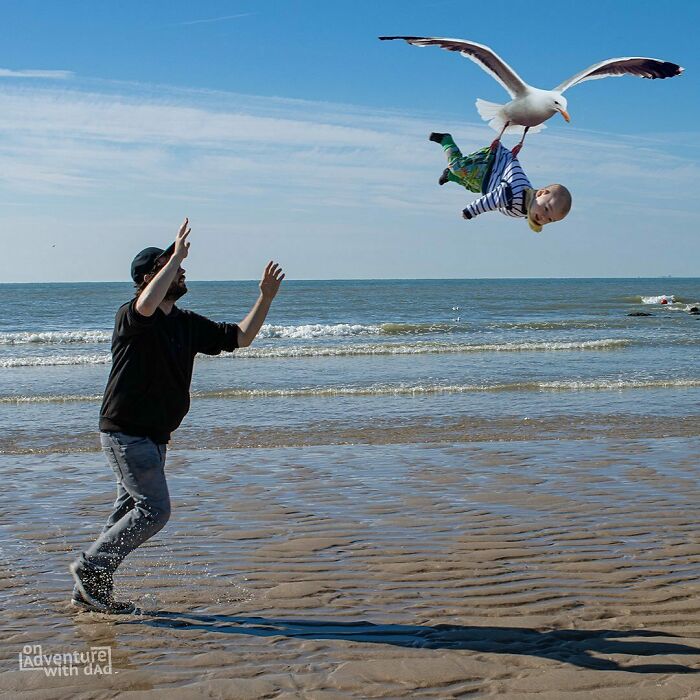From Scientific American -
Hidden Black Scientists Proved the Polio Vaccine Worked
Tuskegee Institute researchers showed Jonas Salk’s vaccine protected children by developing a key test
By Ainissa Ramirez
In the summers of the early 1950s, multitudes of American children were stuck in their home. Parents didn’t permit them to play together because, when the weather got warm, society entered a nightmare called polio. Children would eagerly begin their school breaks with a bicycle, scooter or kite and end them in crutches, braces or an iron lung.
The disease poliomyelitis, or polio, had been in the medical textbooks for decades. In the summers of the early 20th century, however, this illness grew into an epidemic. The virus behind the disease could infect anyone, but in the U.S., it caused the worst damage among children under five years old, and polio was consequently called infantile paralysis.
In early 1953 there was a glimmer of hope that this nightmare might come to an end. Medical researcher Jonas Salk created a polio vaccine that, when injected, stimulated the immune system to make antibodies that fought off the virus. By January of that year, he had inoculated 161 people, and the results looked promising. Salk’s work was funded by the National Foundation for Infantile Paralysis (NFIP). This organization—founded in 1938 by polio sufferer and U.S. president Franklin Delano Roosevelt—evolved from a dilapidated spa in Warm Springs, Ga., for those afflicted with the disease to become a major polio research funder. Buoyed by Salk’s early results, the NFIP, with its broad mission of conquering polio, started pushing to get hundreds of thousands of children vaccinated. But before moving ahead, Salk wanted to make sure his vaccine was the “safest and most certain” approach by monitoring the inoculation’s ability to trigger enough antibodies to neutralize the virus. In earlier tests, monkeys were injected with the vaccine and monitored to see if they got sick, or their cells were observed to see if they deformed. But the number of the animals needed to test thousands of children was too costly and cumbersome.
Fortunately, researchers had found there were unique cells that could help. These were HeLa cells, the living line of cancer cells that were taken without permission from a Black patient named Henrietta Lacks years earlier. After blood was drawn from a vaccinated patient, part of it was placed in a glass dish along with HeLa cells and a small dose of polio. With those items, a microscopic—and deadly—battle commenced. In the dish, the poliovirus tried to attack the HeLa cells. If there were enough of the proper antibodies in the patient’s blood, however, they blocked the virus from causing any harm. Scientists could readily see the cells under a microscope. If the HeLa cells looked misshapen, this meant that the right antibodies were not present in the blood.
To evaluate his vaccine, Salk would need tremendous amounts of HeLa cells. He would get help not from traditional established institutions such as Harvard University or Yale University but from a small Black college in the South that had become famous for cultivating peanuts.
In 1881 educator Booker T. Washington founded the Tuskegee Institute with 30 pupils inside an old church building in Alabama. Washington had big dreams for his small school, and they were realized. Just 50 years later, the number of students increased 100-fold. And the entire nation grew to know about this institute from botanist George Washington Carver’s pioneering work on cultivating the peanut there. During World War II, the Tuskegee Airmen, an all-Black flying squadron, also put this sleepy part of the country on the map.
https://www.scientificamerican.com/article/hidden-black-scientists-proved-the-polio-vaccine-worked/
















